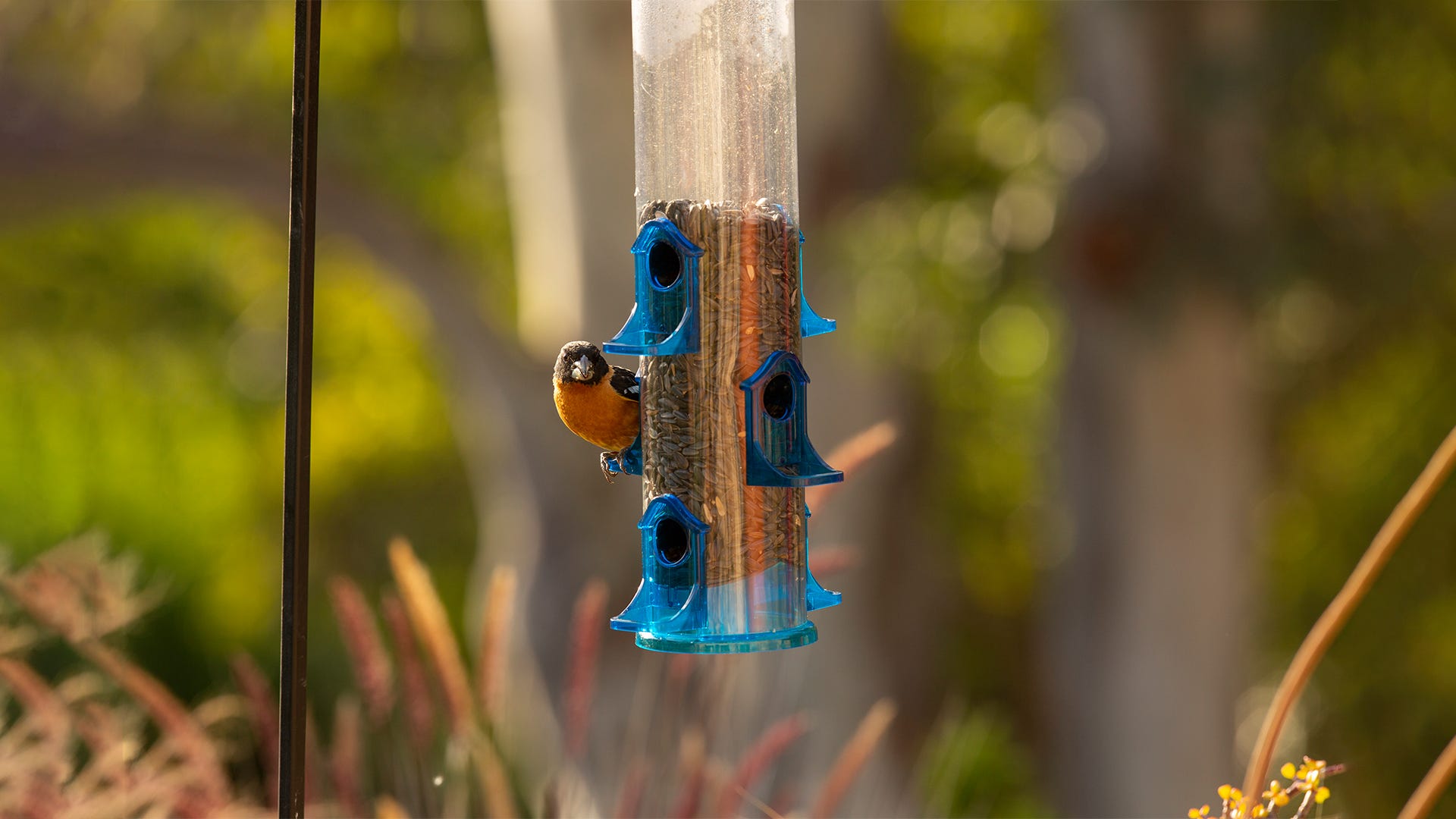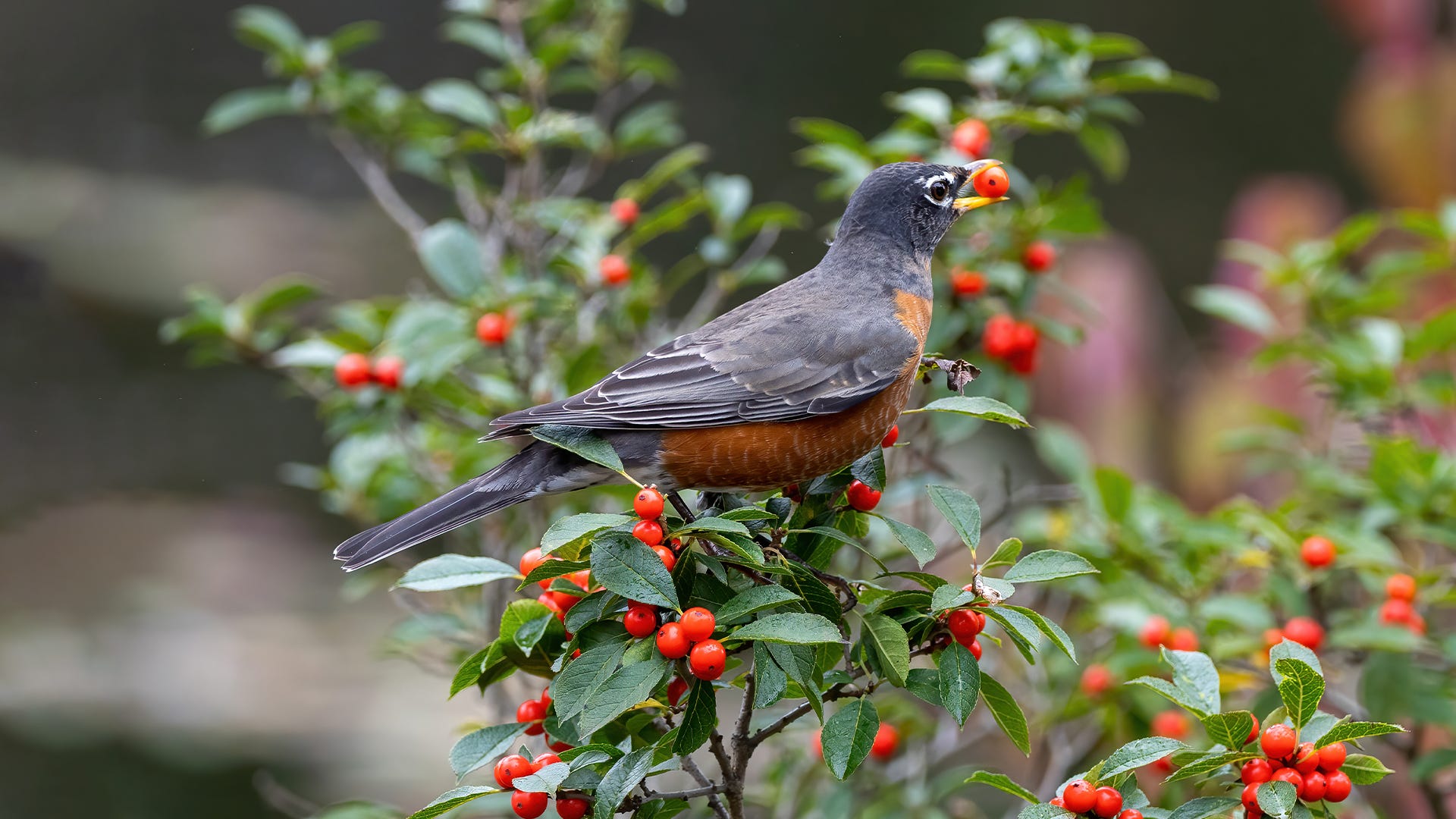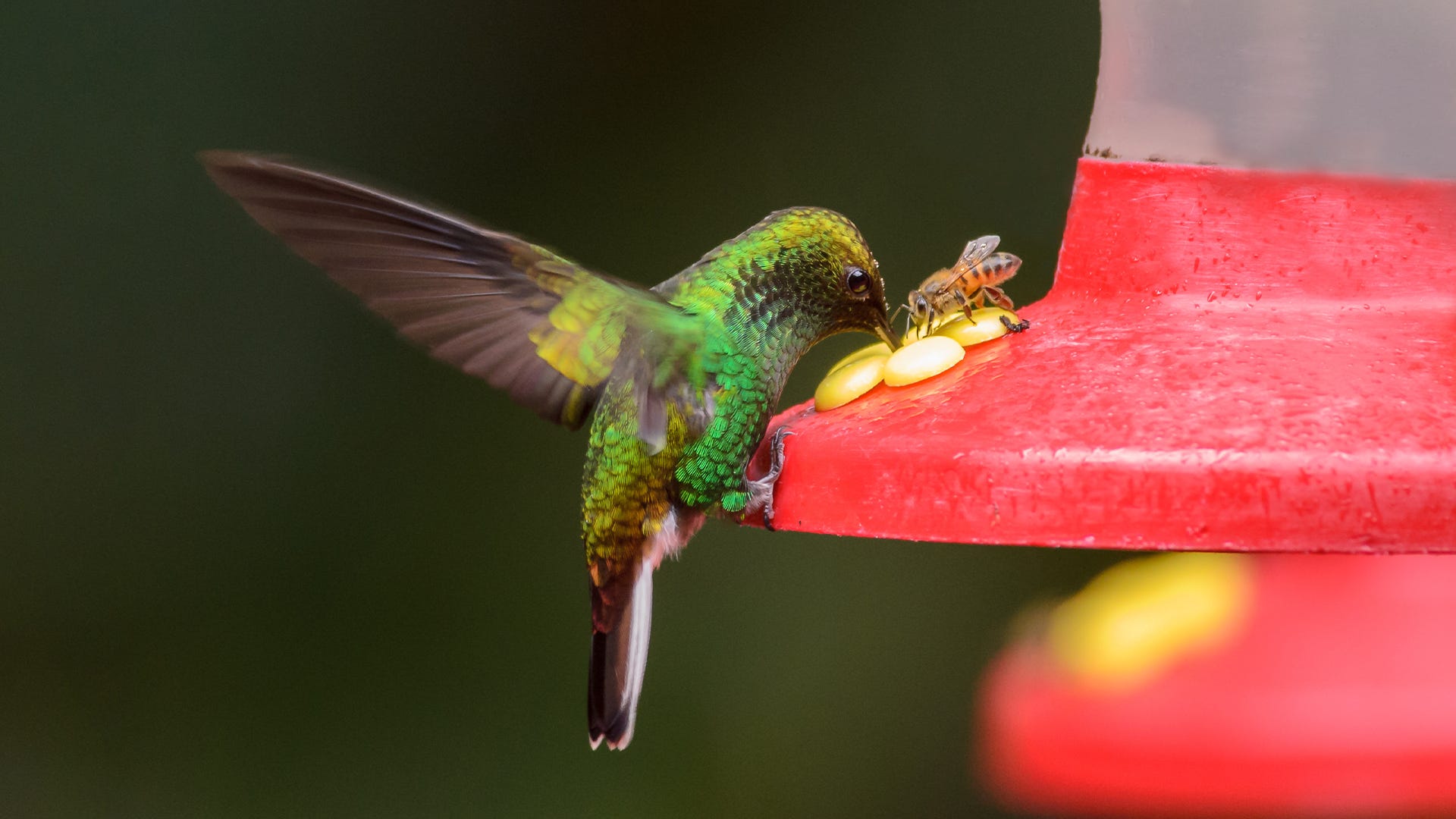
Unlike the usual threats that birds face, hummingbirds have one that's unique: bees. When considering which hummingbird feeder to buy and where to hang it, don't forget to consider how to deter bees from your nectar feeder.
A Hummingbird Predator
The hummingbird is the smallest bird species in the world. Because hummingbirds are not much bigger than some insects, it's easy to understand how they might fall prey to bees. Like the hummingbird, bees have a sweet tooth and nectar filled hummingbird feeders attract them during the spring and summer. Bees pose a significant risk to the delicate hummingbird.
With their swift movements, bees are capable of easily attacking the hummingbird. The hummingbird's slight body mass can not absorb the venom, and just one sting can result in a fatality. If you're planning to hang hummingbird feeders in your yard, it's important to know how to protect these fragile birds from a potentially deadly predator. Even more important, it's vital to do so without resorting to pesticides. Remember that the bee population is decreasing, and pesticides are not only harmful to the bees, but to the hummingbirds you're trying to protect. Here are our six top tips for keeping bees out of your hummingbird feeders:
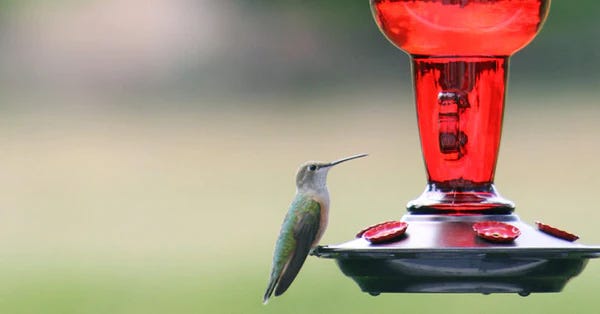
1. Use a Red Hummingbird Feeder
There is a reason you will find most hummingbird feeders are red. While hummingbirds are attracted to red, bees flock to yellow. A red saucer feeder is ideal as the hummingbird's long tongue allows them to reach past the saucer to get to the nectar. Be mindful of decorative accents on the feeder and paint them red to keep them off bees' radar.
2. Get Nectar Guards
Also sometimes referred to as bee guards, you can buy or make your own for your feeders. The guard simply makes the feeding hole too small for the bees to get to the nectar. Hummingbirds will be able to continue drinking the nectar. You can also buy hummingbird feeders with built in bee guards.
3. Plug Leaks
If you're seeing more bees than you've seen before at your feeders, chances are your feeders are leaking. Dripping sugary nectar is an open invitation to bees. If the leak is steady and more than a light trickle, you will need to plug the leak(s). You can do this by reinforcing the seal between the bottle reservoir and feeder ports. Using plumber's tape where the feeder screws come together will work, so long as the tape doesn't come into contact with the nectar. The adhesive could contaminate the nectar if it's not properly applied.
See also: 5 Natural Ways to Keep Ants Out of Your Hummingbird Feeder4. Stay in the Shade
Shade keeps us all cooler during the hot summer months. Hanging your hummingbird feeders in shaded areas has several potential benefits. Shaded nectar will stay cooler resulting in slower fermentation. Fermented nectar spoils, posing a danger to feeding hummingbirds. The shade will also help keep bees away as bees typically feed in full sunlight, hence why you will see them flying from flower to flower in the bright sunshine. Shadier spots will be less attractive to bees.
See also: Where to Hang Your Hummingbird Feeder5. Relocate Frequently
Moving hummingbird feeders frequently is another way to discourage bees from getting to them. Hummingbirds will search out feeders in a location they have found a food source in before. Insects will get discouraged when a food source is no longer convenient. While it's not advised to move feeders to the complete opposite end of your backyard, moving feeders even four feet will baffle bees without hummingbirds being deterred from feeding.
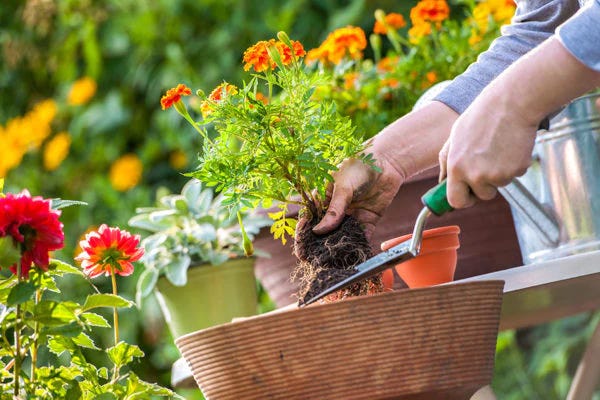
6. Plant a Pollinator Garden
Like the saying goes “if you can't beat ‘em, join ‘em”. If these previous five tips don't work for you, consider planting a pollinator garden: a garden specifically grown for bees to get the nectar they seek out as they pollinate flowers.
More than 80 percent of all flowering plants are pollinated by bees. They also pollinate 70 of the 100 major food crops humans depend on. Planting a pollinator garden will give bees a source of nectar that in turn keeps hummingbird feeders safe. Consider planting zinnia, petunia, black-eyed Susan, sunflowers, and beebalm, keeping in mind that bees are attracted to yellow. You can consult your local garden center for plants that are native to your area.
With a little planning, you can enjoy watching hummingbirds at your feeders throughout the spring and summer, knowing you have taken steps to protect them from bees without hurting the ecosystem that both are a vital part of.






